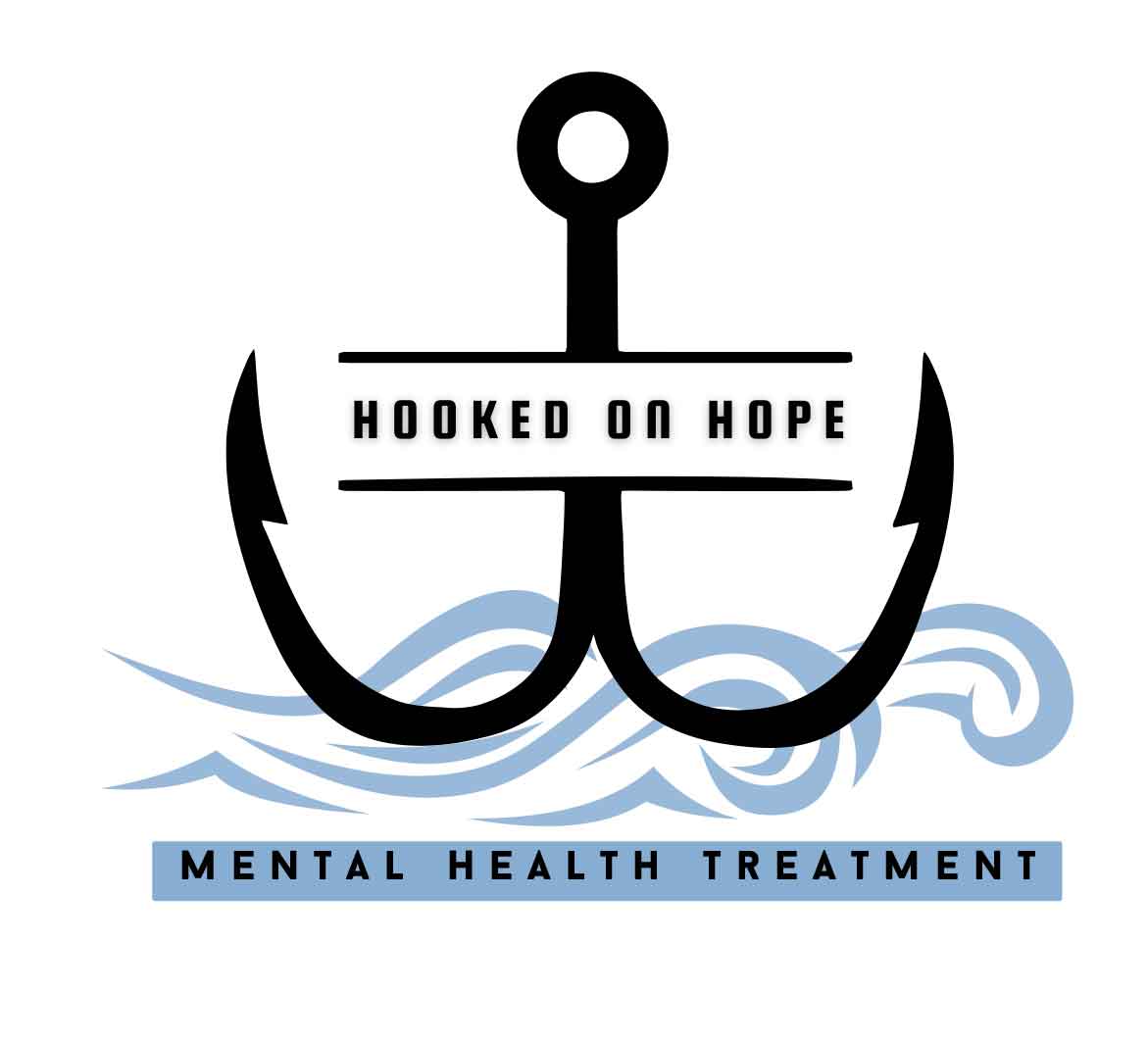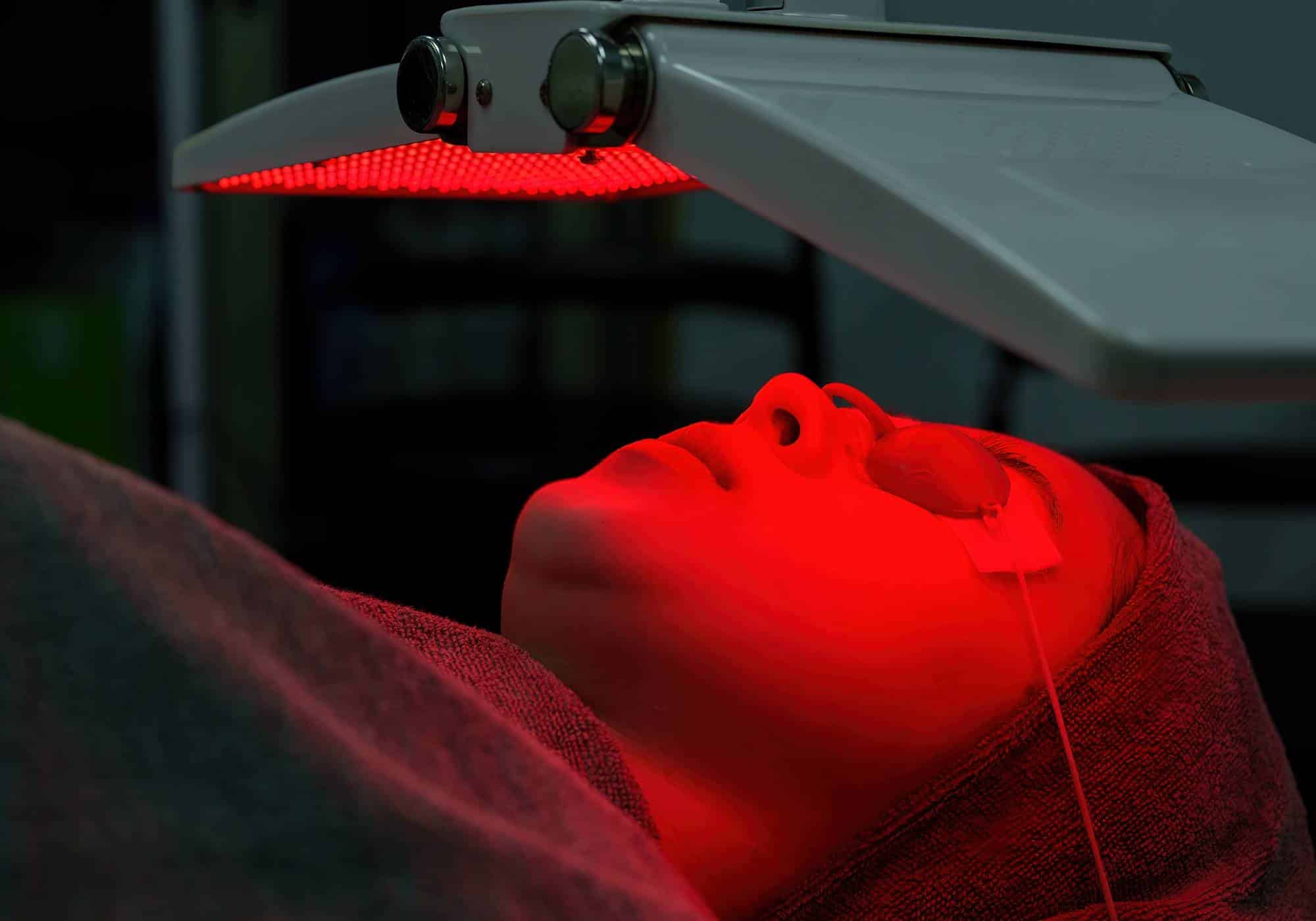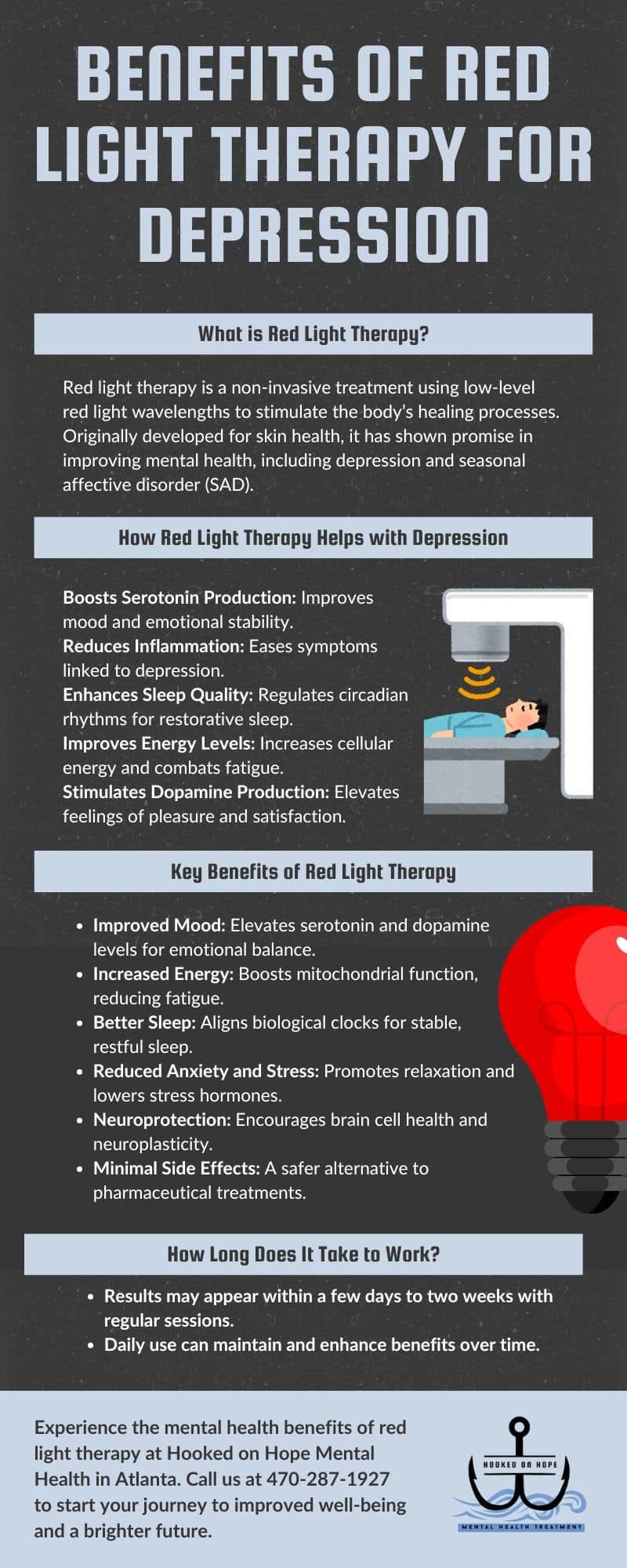Benefits Of Red Light Therapy For Depression
Red light therapy, initially developed to address skin conditions like acne, wrinkles, and scars, has emerged as a promising treatment for mental health conditions such as depression and seasonal affective disorder (SAD). As research into this innovative therapy progressed, scientists discovered its potential benefits for mental well-being almost by chance. This non-invasive approach offers hope to individuals struggling with depression, providing a new avenue for relief. Read on to explore how red light therapy can help manage depression and how Hooked on Hope Mental Health services can support your journey toward healing.
What Is Red Light Therapy?
Red light therapy is a painless, non-invasive treatment that utilizes low-level wavelengths of visible red light to stimulate the body’s natural healing processes. Originally used to enhance skin health by boosting collagen production, reducing inflammation, improving circulation, accelerating wound healing, and diminishing wrinkles, it has also proven effective for conditions like sun damage, psoriasis, and acne.
Beyond cosmetic applications, red light therapy has been integrated into mental health treatments as a form of phototherapy aimed at reducing symptoms of depression. By exposing individuals to specific spectrums of red light, this therapy influences cellular functions that can positively affect mood. Research suggests that red light exposure increases the production of serotonin—a hormone associated with mood regulation—and decreases inflammation and oxidative stressors linked to mental health issues.
How Is Red Light Therapy Used?
In treating depression, red light therapy involves a patient sitting comfortably with their eyes open while being exposed to red LED lights at specific therapeutic wavelengths for about 15 to 30 minutes per session. Typically administered two or three times a week, multiple sessions over several weeks can potentially improve mental health.
Red Light therapy works by:
- Increasing serotonin production: Enhances mood and promotes feelings of well-being.
- Reducing inflammation: Lowers bodily inflammation that can affect mental health.
- Improving mitochondrial functioning: Boosts cellular energy production, influencing overall brain health.
Depending on individual needs, healthcare providers may recommend combining red light therapy with other forms of treatment as part of a comprehensive plan.
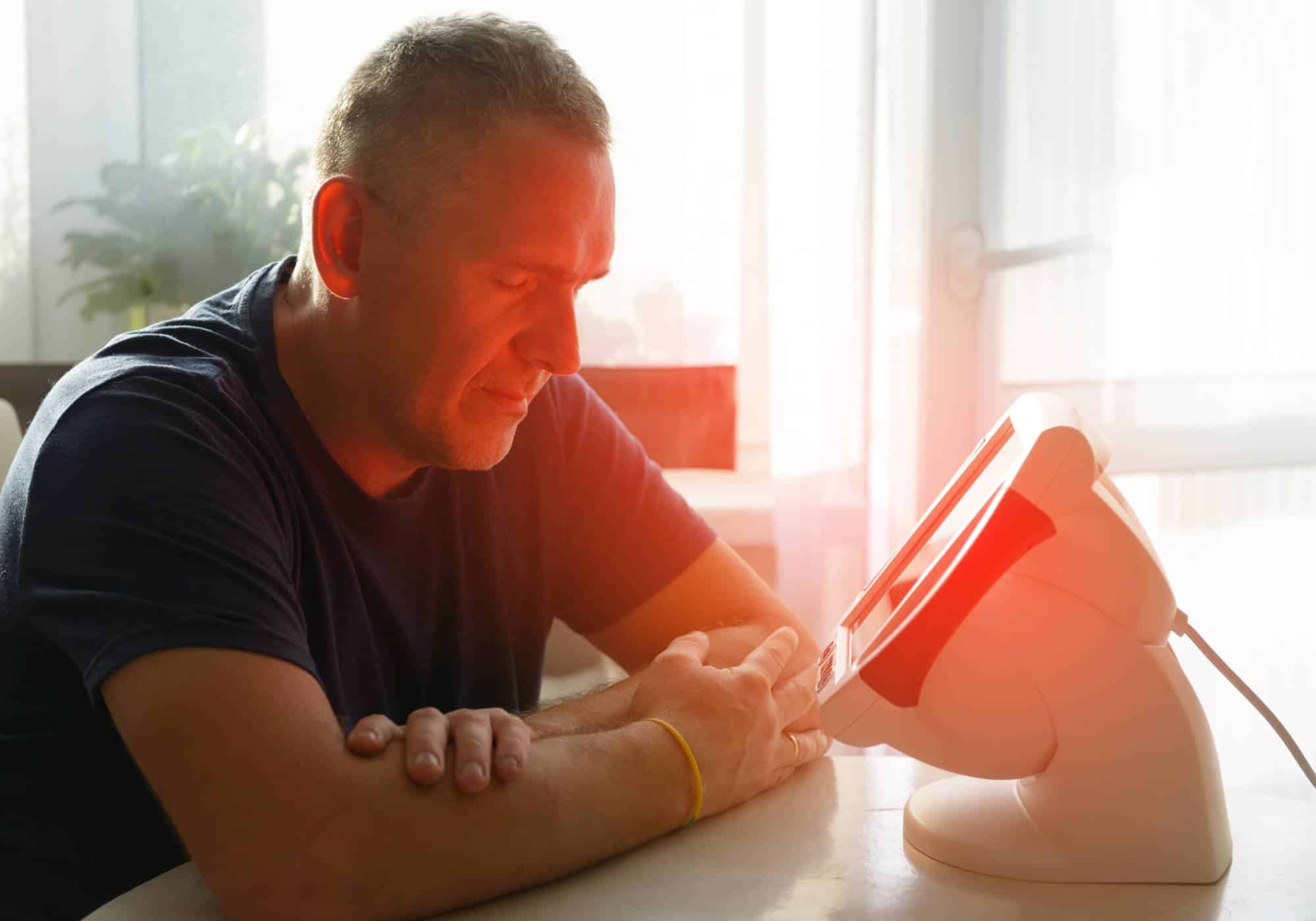
Using Red Light Therapy for Depression
Red light therapy offers a non-invasive, non-pharmaceutical approach to alleviating symptoms of depression and anxiety. By emitting therapeutic wavelengths of light, it induces specific changes within body cells. Researchers continue to uncover the full spectrum of benefits, particularly its potential in mental health care.
The therapy targets the mitochondria, known as the “powerhouses” of cells, enhancing energy production and utilization within them. This process leads to increased blood flow to the brain, the development of new neural cells, decreased inflammation, and reduced cellular damage. Collectively, these effects can contribute to alleviating symptoms of depression.
Exposure to red light also stimulates the production of dopamine, a neurotransmitter associated with pleasure, motivation, and satisfaction. By boosting dopamine levels, red light therapy may further enhance mood and reduce depressive feelings.
Can Red Light Therapy Help With Depression?
Yes! Red light therapy has the potential to combat depression both directly and indirectly. Directly, it can alleviate symptoms of seasonal depression by providing light that aids in mood stabilization. Exposure to red light stimulates the body’s production of serotonin, the “feel-good” hormone that promotes calmness and focus, offering immediate relief from depressive symptoms.
Indirectly, red light therapy can improve factors that contribute to overall well-being. By easing physical symptoms like body aches and enhancing sleep quality, it positively impacts the quality of life for those with depression. Research indicates that red light therapy works to ease depression in several ways, including:
- Restoring circadian rhythm: Regulates sleep-wake cycles essential for mental health.
- Balancing serotonin levels: Promotes mood stability and emotional balance.
- Contributing to consistent and stable sleep patterns: Improves restorative sleep, crucial for mental well-being.
- Increasing alertness: Enhances energy levels and cognitive function during the day.
Researchers emphasize that red light therapy should be personalized based on the type of depression, whether seasonal or non-seasonal, and individual tolerance to the treatment. A 2012 study showed that participants experienced improvement in their depression after just one hour of light therapy, highlighting its potential effectiveness.
Benefits of Red Light Therapy for Depression
The benefits of red light therapy for depression are extensive and impactful. This non-invasive treatment offers several advantages that can enhance mental health and overall well-being. Here’s an expanded look at how red light therapy can benefit those struggling with depression:
Improved Mood
By stimulating the production of serotonin and dopamine, red light therapy can elevate mood and reduce feelings of sadness or hopelessness commonly associated with depression. The increase in these neurotransmitters promotes a more positive outlook and emotional balance.
Increased Energy Levels
Enhanced mitochondrial function leads to better cellular energy production. This results in increased vitality and reduced fatigue, helping individuals feel more energetic and motivated throughout the day.
Reduced Anxiety and Stress
Red light therapy has calming effects that can alleviate anxiety symptoms. By reducing stress hormones and promoting relaxation, it helps individuals manage anxiety that often accompanies depression.
Better Sleep Quality
Regulating the circadian rhythm contributes to consistent and restorative sleep patterns. Improved sleep quality is crucial for mental health, aiding in mood regulation and cognitive function.
Enhanced Cognitive Performance
Improved blood flow and neural function can boost cognitive abilities, including memory, concentration, and decision-making skills. This enhancement can help individuals feel more alert and capable in their daily activities.
Increased Feelings of Positivity and Well-Being
Overall improvements in brain chemistry contribute to a greater sense of happiness and satisfaction with life. Individuals may experience heightened self-esteem and a renewed sense of purpose.
Reduced Inflammation in the Brain
Chronic inflammation is linked to depression. Reducing inflammation through red light therapy may alleviate depressive symptoms by promoting a healthier brain environment.
Neuroprotection and Neuroplasticity
Red light therapy supports the survival of nerve cells and enhances the brain’s ability to form new neural connections. This neuroprotection and increased neuroplasticity aid in recovery from depressive episodes and improve overall brain health.
Hormonal Balance
By influencing hormones that affect mood and stress response, red light therapy can help regulate hormonal imbalances that may contribute to depression.
Minimal Side Effects
As a non-invasive treatment, red light therapy has low-risk side effects compared to pharmaceutical options. This makes it an attractive alternative for individuals seeking to avoid medication-related side effects.
Potential for Long-Term Improvement
With regular use, red light therapy offers the potential for sustained improvements in mental health. Consistent treatment can lead to lasting positive changes in mood and well-being.
Scientific studies support these benefits, indicating that red light therapy can be an effective adjunct to traditional depression treatments. It offers a holistic approach that addresses both physiological and psychological aspects of depression.
How Light Therapy Works to Treat Depression
Research provides insights into how light therapy, including red light therapy, may alleviate depressive symptoms.
Key mechanisms include:
Aligning Biological Clock
Light therapy helps synchronize the brain’s 24-hour cycle, known as the circadian rhythm. This alignment regulates sleep patterns, hormone production, and other vital functions that affect mood and energy levels.
Balancing Serotonin Activation
By influencing serotonin pathways in the brain, light therapy supports mood regulation and emotional stability. Balanced serotonin levels are essential for preventing depressive symptoms.
Stabilizing Sleep Patterns
Consistent exposure to therapeutic light contributes to regular and restorative sleep. Improved sleep quality is crucial for cognitive function and emotional well-being.
Increasing Alertness
Light therapy can enhance daytime alertness, combating the lethargy and fatigue often associated with depression. Increased alertness supports better engagement in daily activities.
The effectiveness of light therapy depends on factors such as light wavelength, duration of use, and individual circadian rhythm patterns. Personalized treatment plans can optimize results based on each person’s unique needs.
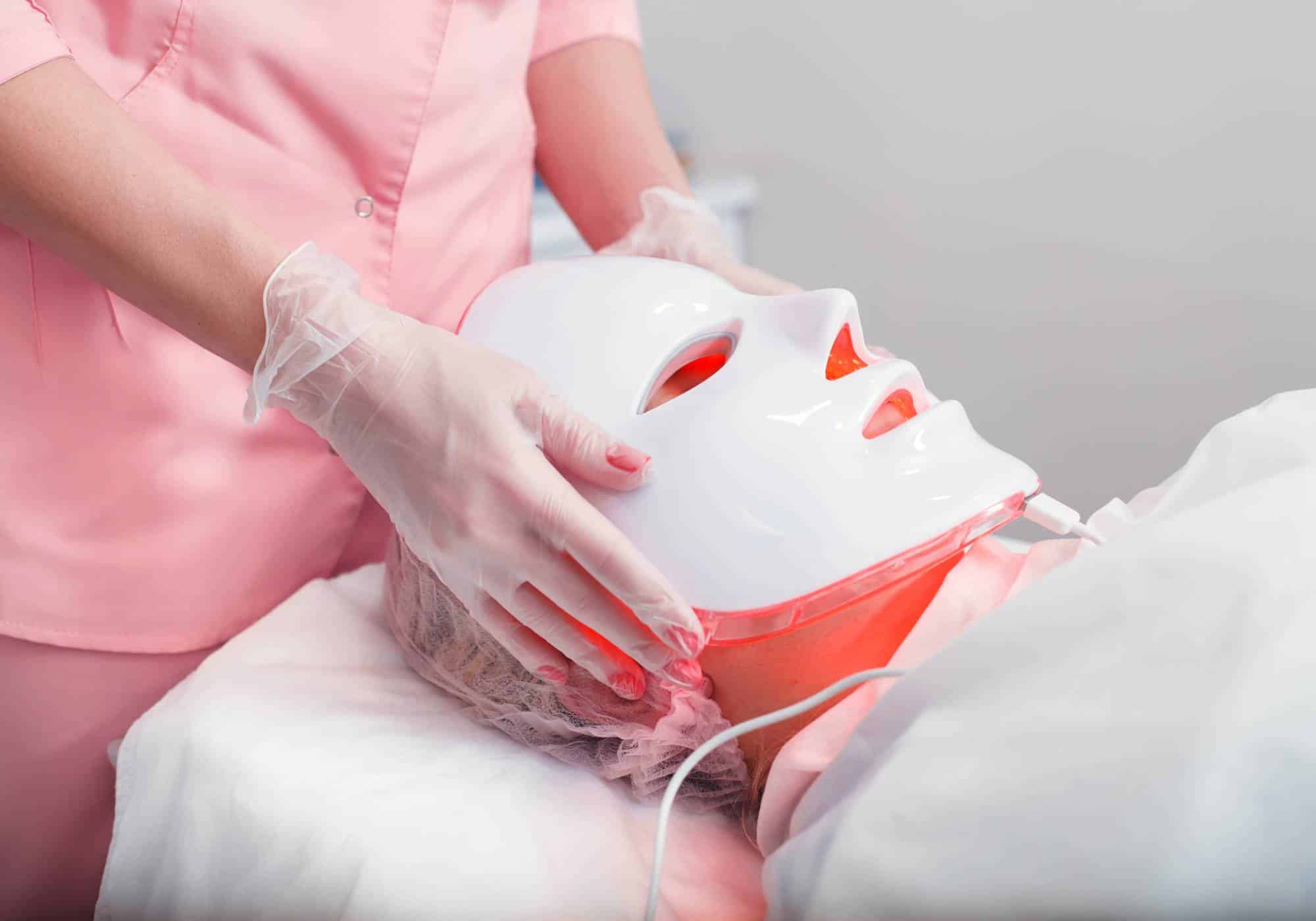
How Long Does It Take for Light Therapy to Work for Depression?
Many individuals notice benefits from light therapy within a few days of starting treatment. Symptoms of depression often improve within about two weeks.
If significant improvements aren’t observed, adjustments can be made:
- Increase Exposure Time: Extending time in front of a 10,000 lux lamp to 60 minutes per day may enhance effectiveness.
- Consult a Doctor: Professional guidance can help tailor the treatment plan or explore additional therapies.
- Adjust Routine: Modifying the time of day or splitting sessions can improve outcomes.
Regular use is essential for maintaining benefits. Many people with major depressive disorder (MDD) with seasonal patterns continue light therapy throughout the winter months or periods with less sunlight to prevent symptom recurrence.
Finding the optimal routine may involve experimentation. Adjusting exposure times, light intensity, and scheduling can help identify what works best for each individual.
Experience Red Light Therapy in Atlanta
If you or a loved one is struggling with depression and seeking alternative treatments, red light therapy may offer the relief you’ve been searching for. At Hooked on Hope Mental Health, we provide cutting-edge red light therapy services in Atlanta, tailored to meet your unique needs. Our compassionate team is dedicated to supporting you on your journey toward improved mental health and well-being. Don’t let depression hold you back any longer—reach out to us at 470-287-1927 or fill out our online contact form today to discover how red light therapy can make a positive difference in your life.
